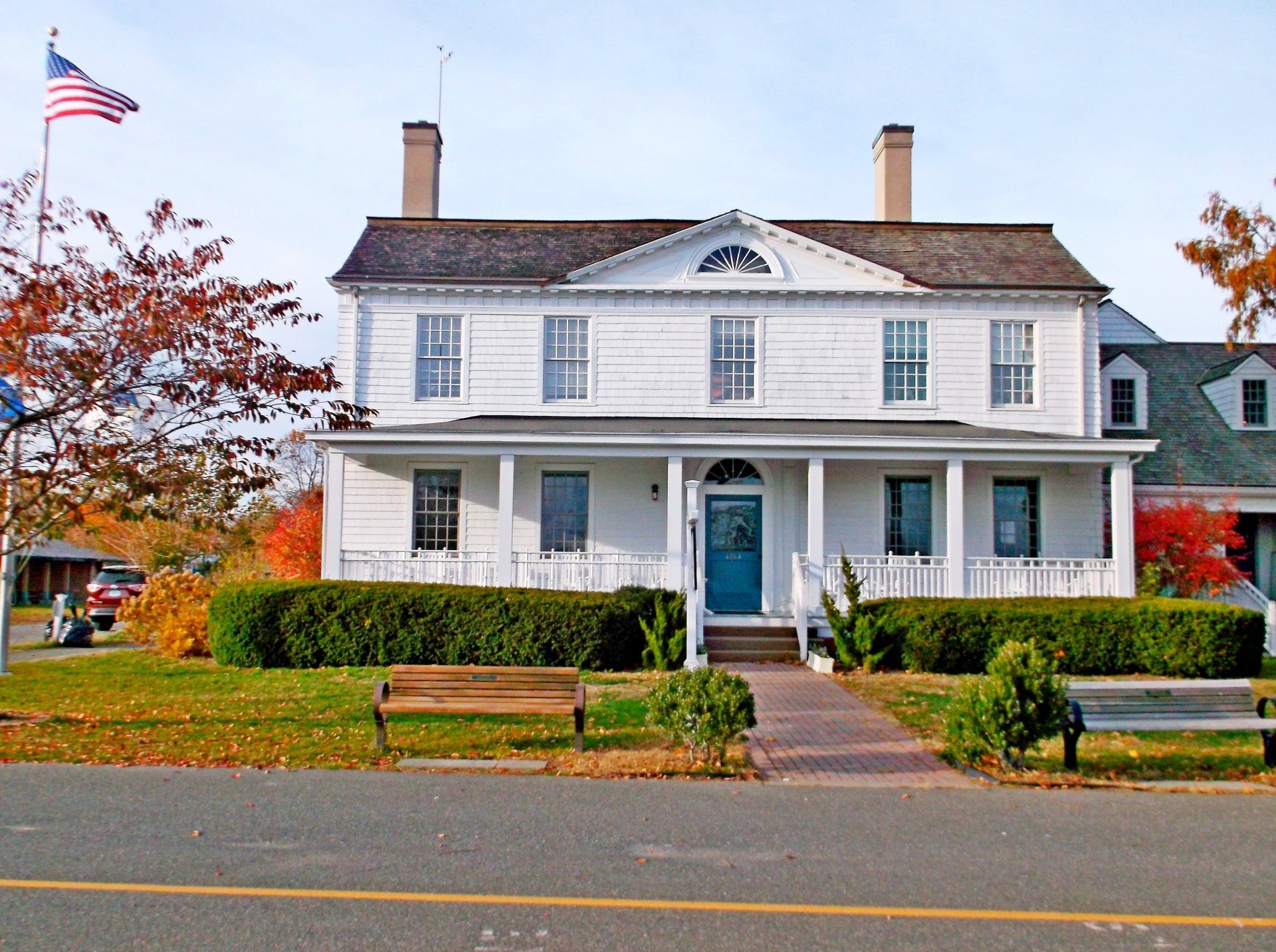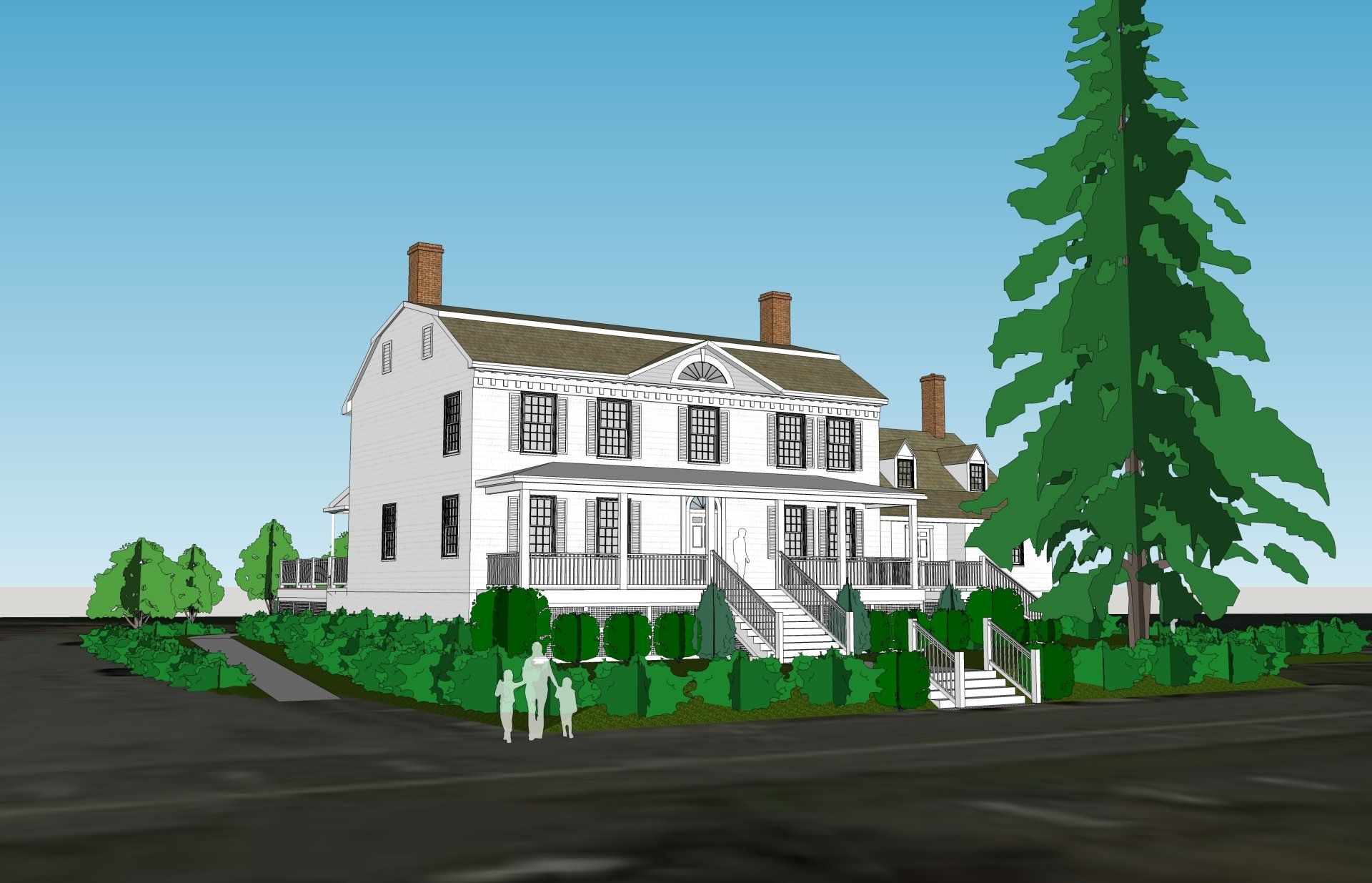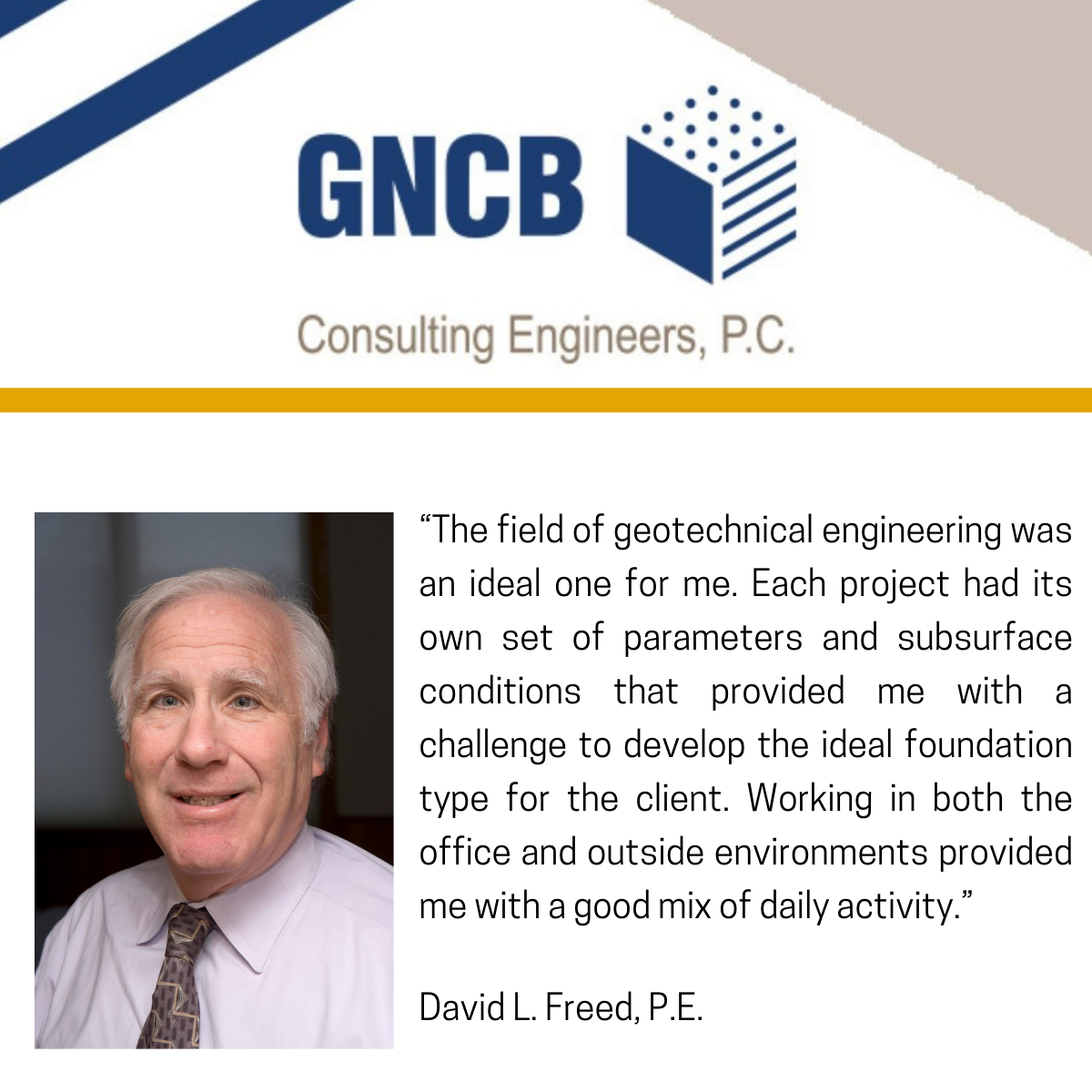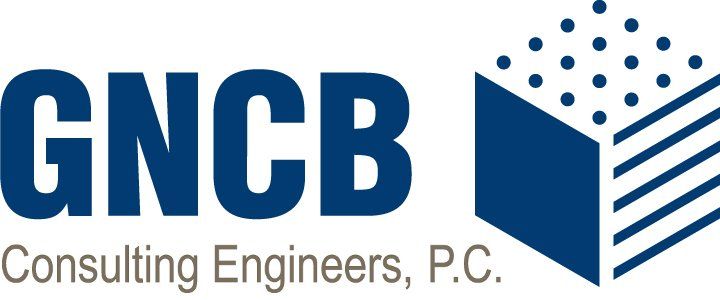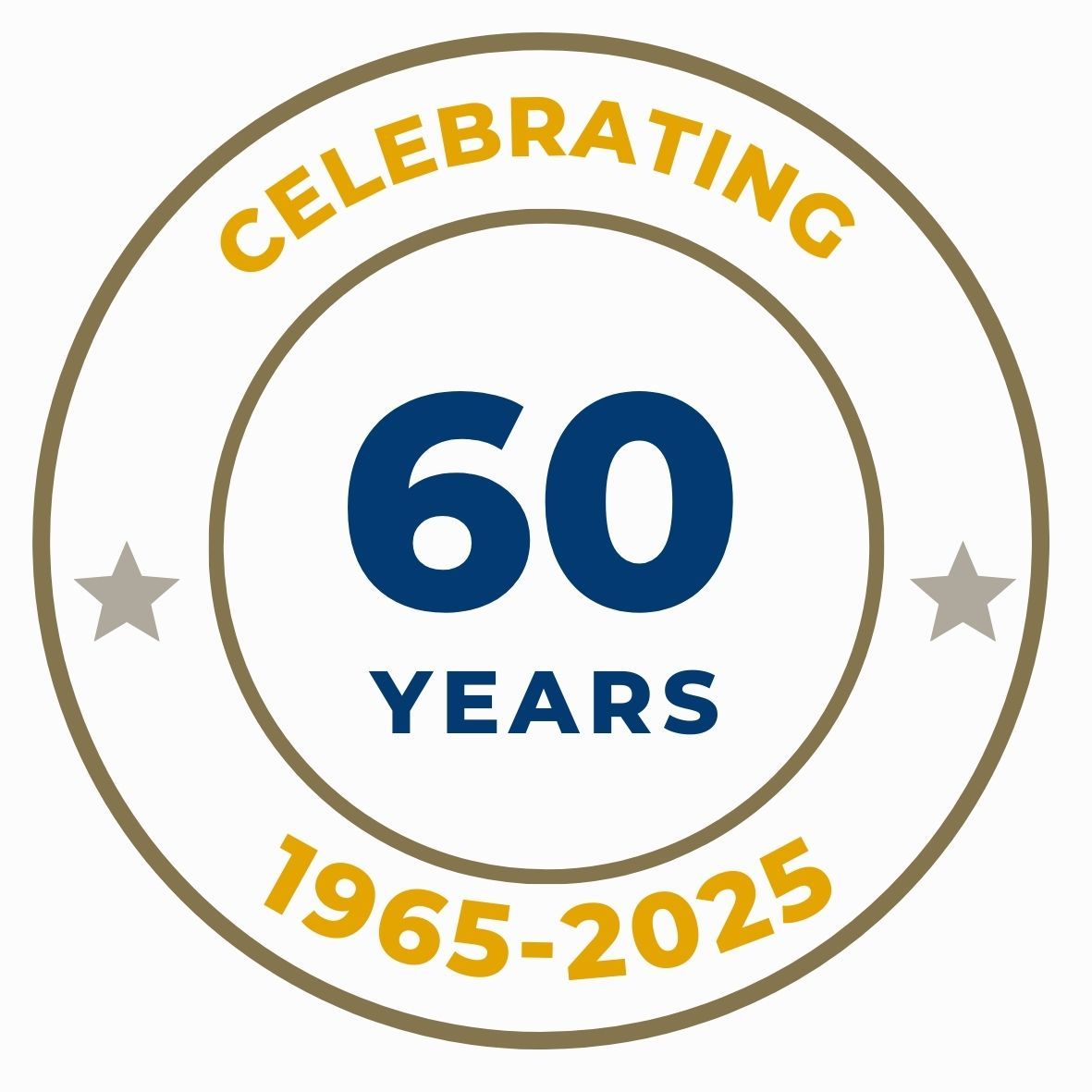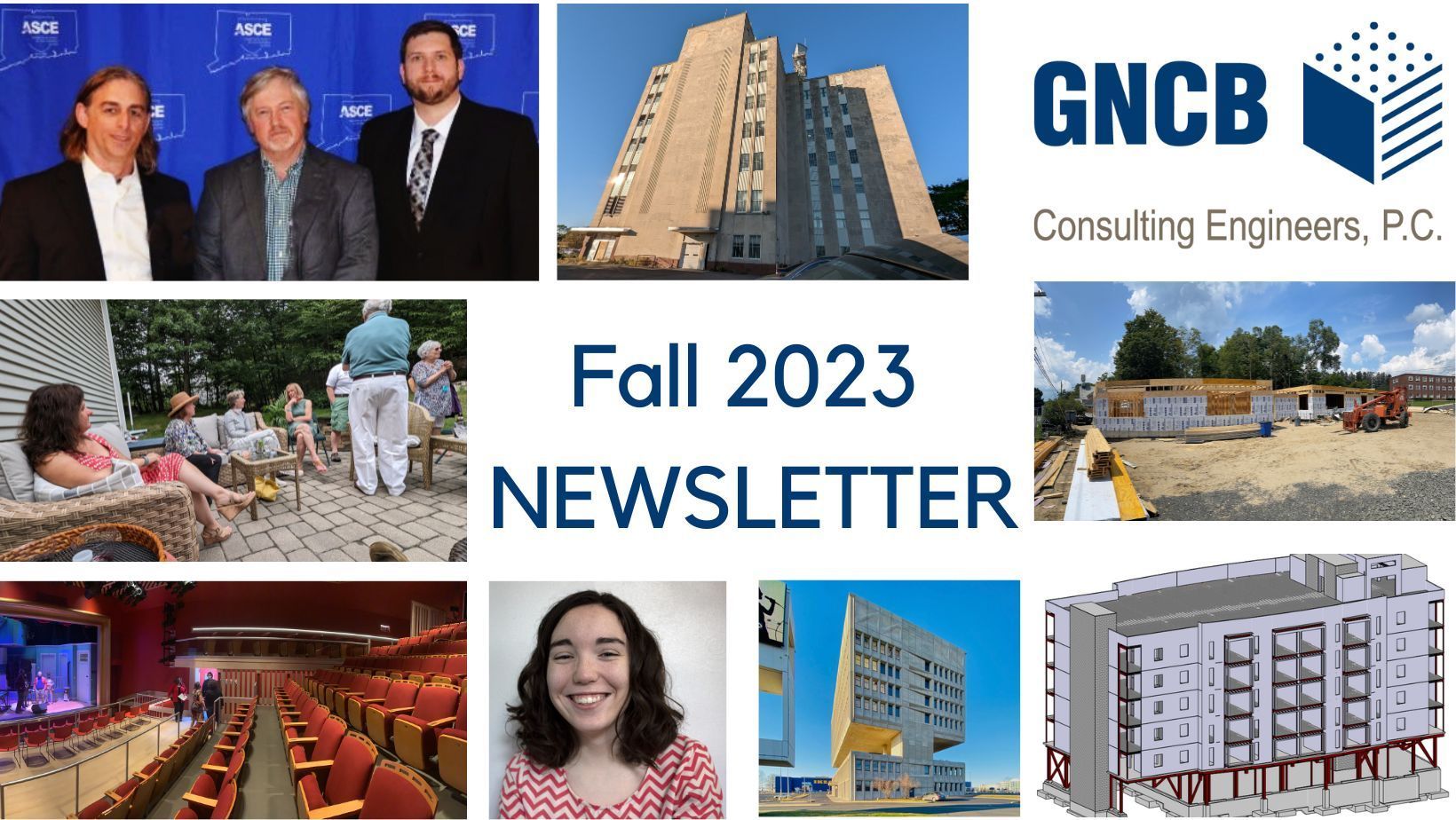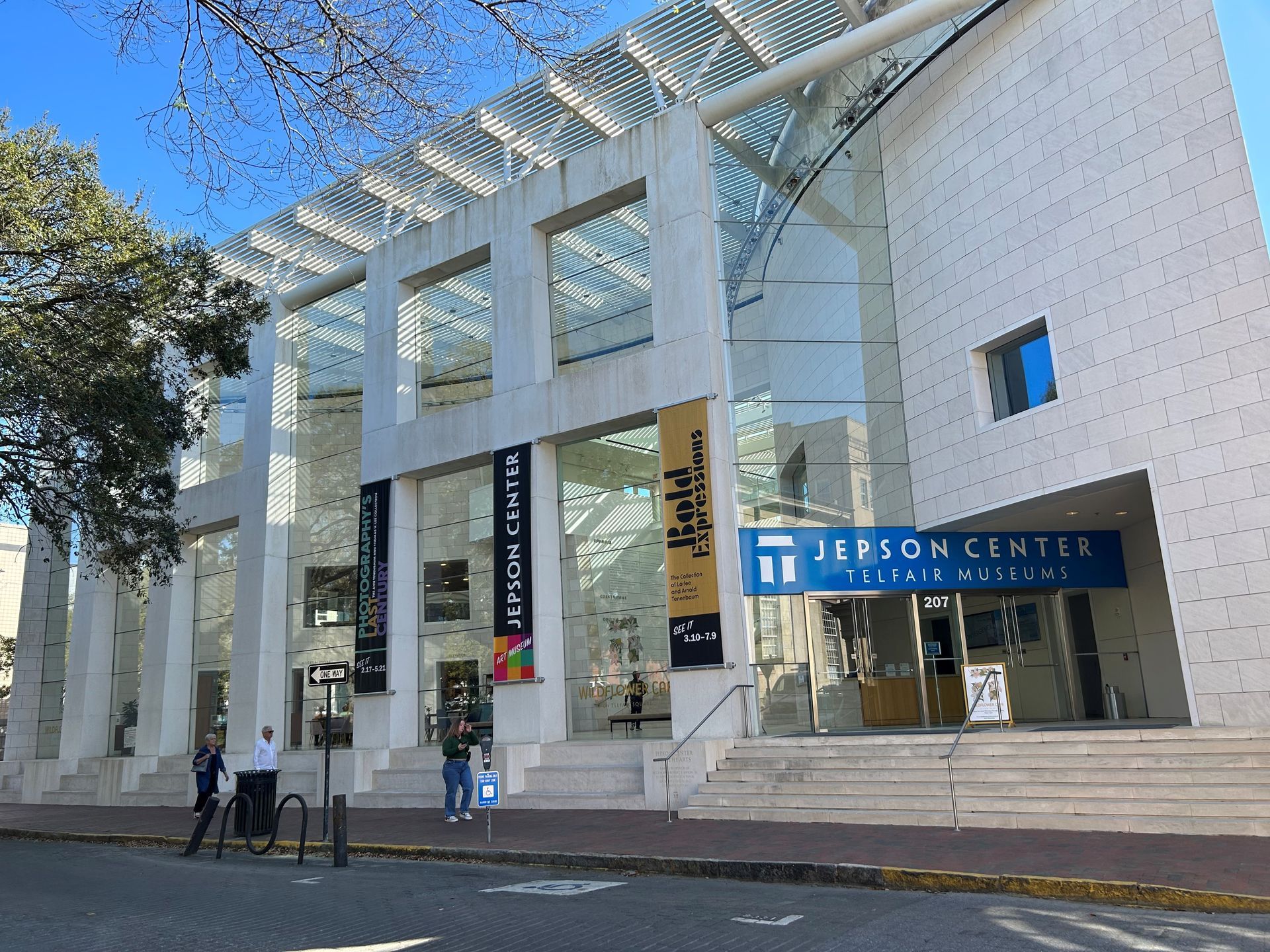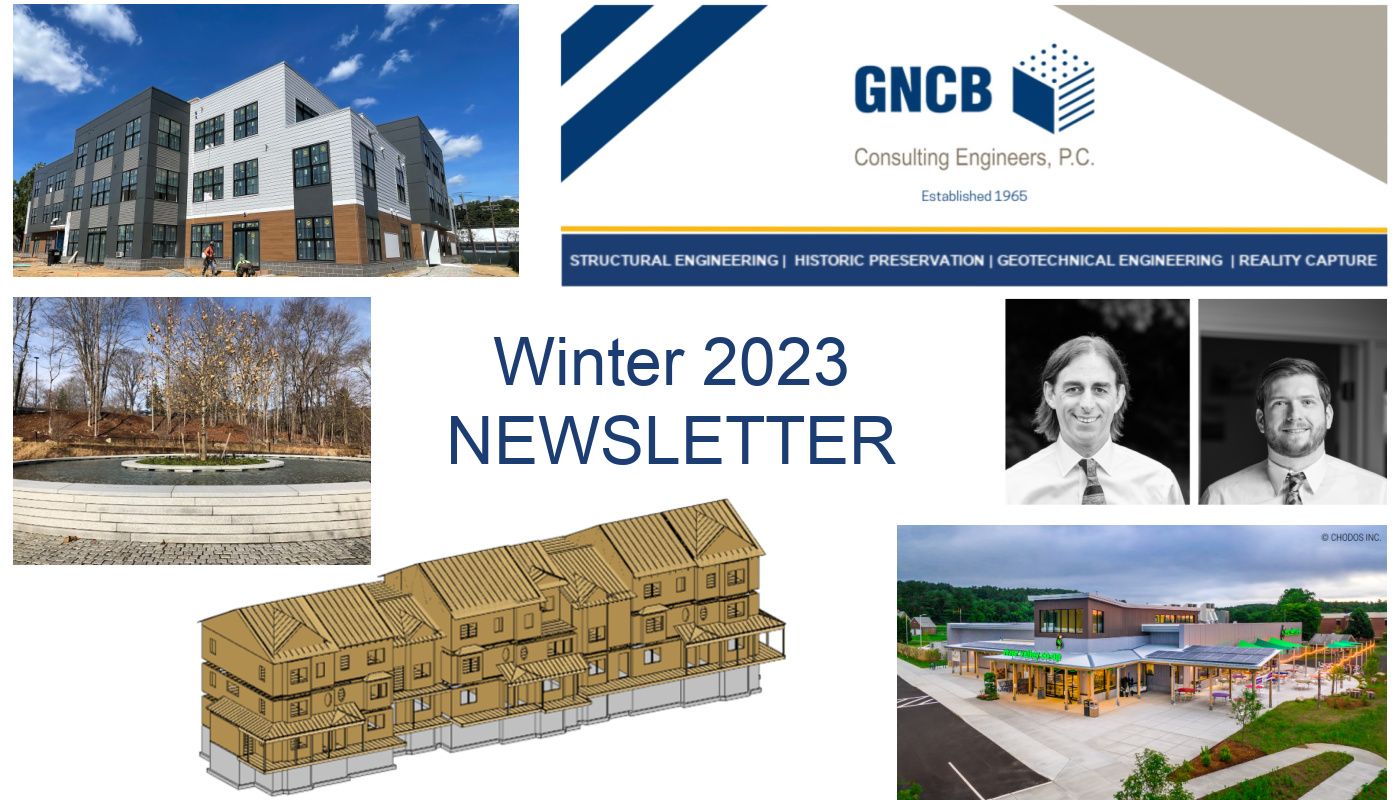Climate Change and Historic Preservation – SoundWaters’ Holly House
Stamford, CT
GNCB recently attended the Urban Forum on Climate Change and Historic Preservation – a joint event with APTNE , the Boston Preservation Alliance, and the Boston Society of Architects. The forum is the first in a series addressing the need to start a conversation among Preservation Professionals on the pending risks to our heritage structures due to sea-level rise and changes in general weather conditions.
GNCB increasily encounters these concerns in our practice. Located along the shoreline of CT, we have a large client base of homeowners that are in the process of elevating their homes due to changes in FEMA regulations following Hurricanes Sandy and Irene. Additionally, we work with architects and owners of historic properties which must balance their building’s Historic Register designation with the impending dangers of Climate Change. An example of this type of project is the SoundWaters Flood Mitigation Feasibility Study.
The Holly House, now the home of SoundWaters, Inc. , was constructed in the early 19th century and expanded in multiple stages. It is listed on the National Register of Historic Places and is also located within a Special Flood Hazard Area VE14 flood plain zone. SoundWaters retained GNCB to conduct the Feasibility Study in 2017. GNCB served as the prime design professional for this project and managed a sub-consultant team with experience in coastal projects and historic preservation.
The Study addressed multiple components including an analysis of the site’s current conditions within a VE14 flood plain zone, the feasibility of elevating the existing building 6 feet, and alternatives to elevating the building including active and passive flood protection measures. GNCB provided SoundWaters with a report including a schematic design for elevating the building, architectural renderings for fundraising purposes, and a complete cost estimate. SoundWaters, Inc. is currently raising funds to move this project into its next phase.
A second example of a preservation project which needed to account for climate change is the Adaptive Reuse of Holdredge Garage in Westerly, RI. This project stabilized and restored a prominent c.1885 timber-framed complex at the entrance of the Watch Hill Historic District. It was the winner of the Sustainability Award of Merit in the 2017 ACE Awards.
Sub-Consultants for the SoundWaters Flood Mitigation Feasibility Study:
Accurate Construction Estimates
